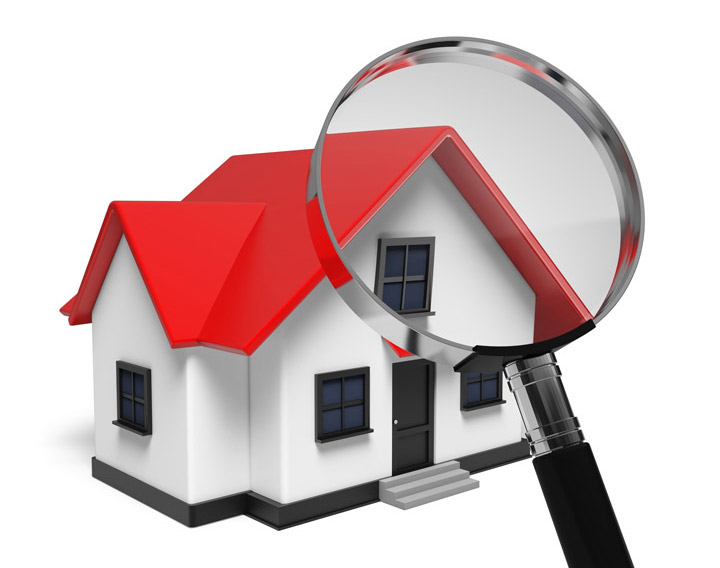
Understanding the Appraisal ProcessAcquiring real estate is the biggest transaction most of us might ever encounter. Whether it's a primary residence, a seasonal vacation home or one of many rentals, purchasing real property is an involved financial transaction that requires multiple people working in concert to see it through. Practically all the people involved are very familiar. The real estate agent is the most familiar entity in the transaction. Then, the mortgage company provides the financial capital necessary to bankroll the deal. And ensuring all requirements of the sale are completed and that a clear title transfers to the buyer from the seller is the title company. So, who makes sure the real estate is worth the purchase price? This is where you meet the appraiser. We provide an unbiased estimate of what a buyer might expect to pay — or a seller receive — for a parcel of real estate, where both buyer and seller are informed parties. A licensed, certified, professional appraiser from J.A.L. Appraisal will ensure, you as an interested party, are informed. Inspecting the subject propertyTo ascertain the true status of the property, it's our responsibility to first perform a thorough inspection. We must actually view aspects of the property, such as the number of bedrooms and bathrooms, the location, amenities, etc., to ensure they really exist and are in the condition a typical person would expect them to be. To ensure the stated square footage has not been misrepresented and convey the layout of the home, the inspection often entails creating a sketch of the floorplan. Most importantly, we look for any obvious features - or defects - that would affect the value of the house. Back at the office, an appraiser uses two or three approaches to determining the value of real property: a sales comparison, a replacement cost calculation, and an income approach when rental properties are prevalent. 
Cost ApproachHere, we analyze information on local construction costs, the cost of labor and other elements to calculate how much it would cost to replace the property being appraised. This estimate usually sets the maximum on what a property would sell for. It's also the least used predictor of value. 
Sales ComparisonAppraisers are intimately familiar with the neighborhoods in which they work. They thoroughly understand the value of specific features to the people of that area. Then, the appraiser researches recent sales in close proximity to the subject and finds properties which are 'comparable' to the subject at hand. Using knowledge of the value of certain items such as fireplaces, room layout, appliance upgrades, extra bathrooms or bedrooms, or quality of construction, we add or subtract from each comparable's sales price so that they are more accurately in line with the features of subject property.
Once all necessary adjustments have been made, the appraiser reconciles the adjusted sales prices of all the comps and then derives an opinion of what the subject could sell for. At J.A.L. Appraisal, we are experts when it comes to knowing the worth of particular items in Adrian and Lenawee County neighborhoods. This approach to value is typically awarded the most importance when an appraisal is for a real estate exchange. Valuation Using the Income ApproachA third way of valuing a house is sometimes applied when a neighborhood has a reasonable number of rental properties. In this scenario, the amount of income the property yields is factored in with other rents in the area for comparable properties to determine the current value. Arriving at a Value ConclusionAnalyzing the data from all approaches, the appraiser is then ready to put down an estimated market value for the subject property. The estimate of value at the bottom of the appraisal report is not necessarily the final sales price even though it is likely the best indication of a property's valueDepending on the individual situations of the buyer or seller, their level of urgency or a buyer's desire for that exact property, the closing price of a home can always be driven up or down.Regardless, the appraised value is often used as a guideline for lenders who don't want to loan a buyer more money than the property is actually worth. The bottom line is, an appraiser from J.A.L. Appraisal will guarantee you attain the most fair and balanced property value, so you can make the most informed real estate decisions. |